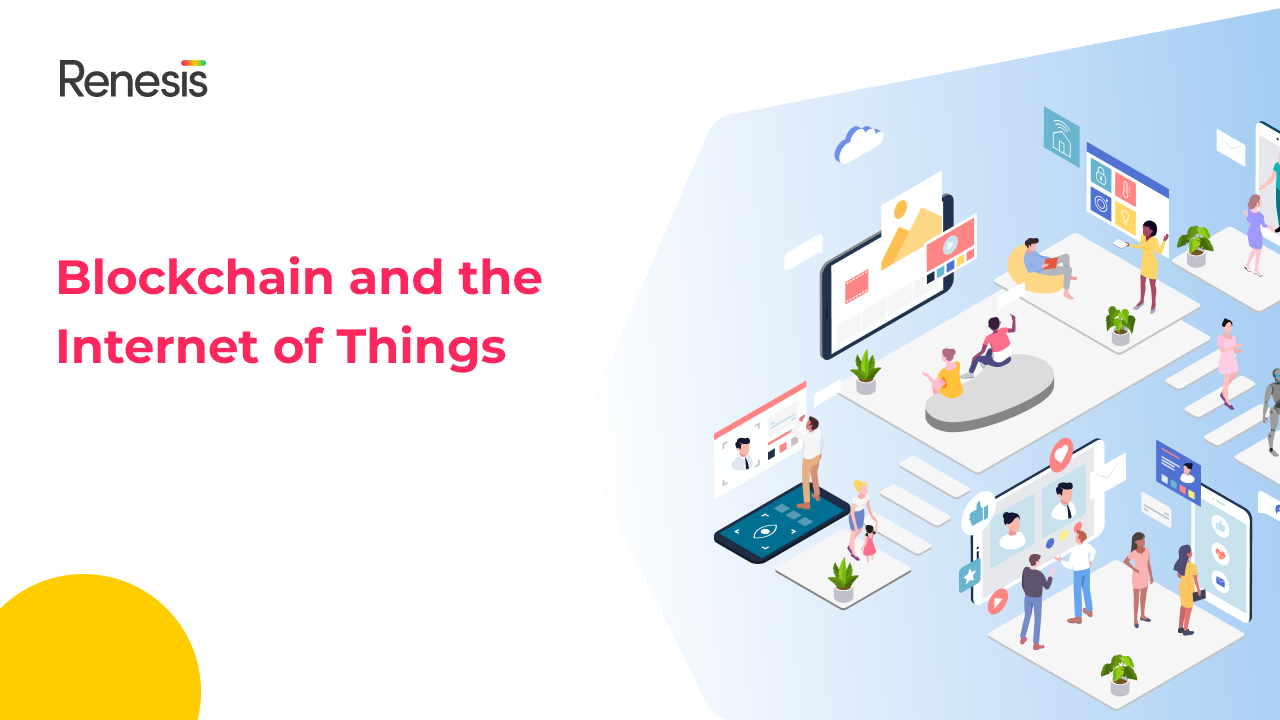Blockchain and the Internet of Things
Digital transformation technologies such as blockchain and IoT are often mentioned together. What about combining them both? The combination of blockchain adoption and IoT adoption was called a DX sweet spot by Gartner at the end of 2019, especially in the US. There hasn’t been any change in that.
A New Horizon in Data Sharing
A blockchain is a distributed database for peer-to-peer transactions. In 2009, bitcoin was introduced as a digitally encrypted wallet for controlling transactions and payment systems. There is no intermediary in this transaction management system because it is decentralized. Blockchain records these transactions in a communal ledger endorsed by a set of network nodes.
The “Internet-of-Things” (IoT) might sound like a vague, opaque term, but that’s exactly the point. It is a generalized term for technology that allows smart devices to communicate with each other. In the Internet of Things, computing devices, digital objects, and individuals with unique system IDs are interconnected.
Furthermore, IoT serves as a single point of integration and transfer of data online without the need for human or computer intervention.
With the Internet of Things (IoT), people, places, and products are connected, creating opportunities for value creation and capture. Sensors, actuators, and chips are embedded in physical objects, and each transmits data to the Internet of Things.
As a result of the analytics capabilities of the IoT, insights are converted into action that impacts business processes and leads to new ways of working. However, there are still many technical and security concerns that need to be addressed.
Blockchain and IoT
Blockchain and IoT have an intricate relationship. Business entities involved in IoT may find solutions by using blockchain technology.
Cryptographically secure datasets can be developed and recorded using the joint system. As long as the database and records are highly secured and malware-free, they are protected against alteration and theft. Developing business mechanisms while promoting transparency and accountability is a good combination.
Using blockchain’s interconnected servers, businesses can reduce mismanagement in the workplace, overhead expenses, and business uncertainty. Digital ledgers can be used to develop cost-effective business and management systems where anything can be effectively exchanged.
With this process, there is no need for a central management system, which eliminates many bureaucratic red tapes and streamlines business processes. In the IoT domain and within businesses, this innovation is being adopted commercially as an immersive platform.
The blockchain allows interconnected IoT devices to exchange data in a secure manner. Blockchain can be used by companies and businesses to manage and process data from edge devices, such as RFID-based assets, machine-readable barcodes and QR codes, infrared beams, or device information.
IoT edge devices can transfer blockchain-based records to update contracts or validate communication networks if integrated into business setups.
Benefits of integrating blockchain and IoT
-
Enhanced security
With Blockchain technology, data is encrypted while being transmitted and stored while being verified and enabled by a trusted party. By using blockchain technology, you are able to see who has access to the data, who is transacting, and all of the interactions that have taken place.
Blockchains also add a layer of security in terms of encryption, the removal of single points of failure, and the ability to identify weak links quickly.
-
Reduced costs
IoT gateways and internet intermediaries should be eliminated from edge devices to decrease operation processing time. By automating the transaction validation and processing steps on the blockchain, the entire ecosystem can be made proactive at a reduced cost.
-
Speed of transactions
This is especially true for supply chain transactions with multiple suppliers, producers, distributors, and consumers. By serving as a shared ledger, blockchain allows untrusted parties to share data directly, eliminating the need for manual processes and enhancing transaction speeds.
The IoT industry can also benefit from blockchain technology. Payments and contracts can be executed more easily with a peer-to-peer model. Each year, millions of dollars are saved through blockchain-based smart contracts by eliminating the need for a third party.
Blockchain technology has the potential to boost the IoT industry – from fitness trackers to smart cities – to become a trillion-dollar industry.
Among the emerging technologies, blockchain is expected to disrupt the industry alone as the fourth industrial revolution hits the generation.
The Internet of Things (IoT) is already dominated because of its enhanced enterprise security, business process integration, and ability to bring people, devices, and organizations together into one ecosystem.
Throughout the next few years, blockchain technology will facilitate the faster integration of the IoT network and create a range of opportunities for business entities.










